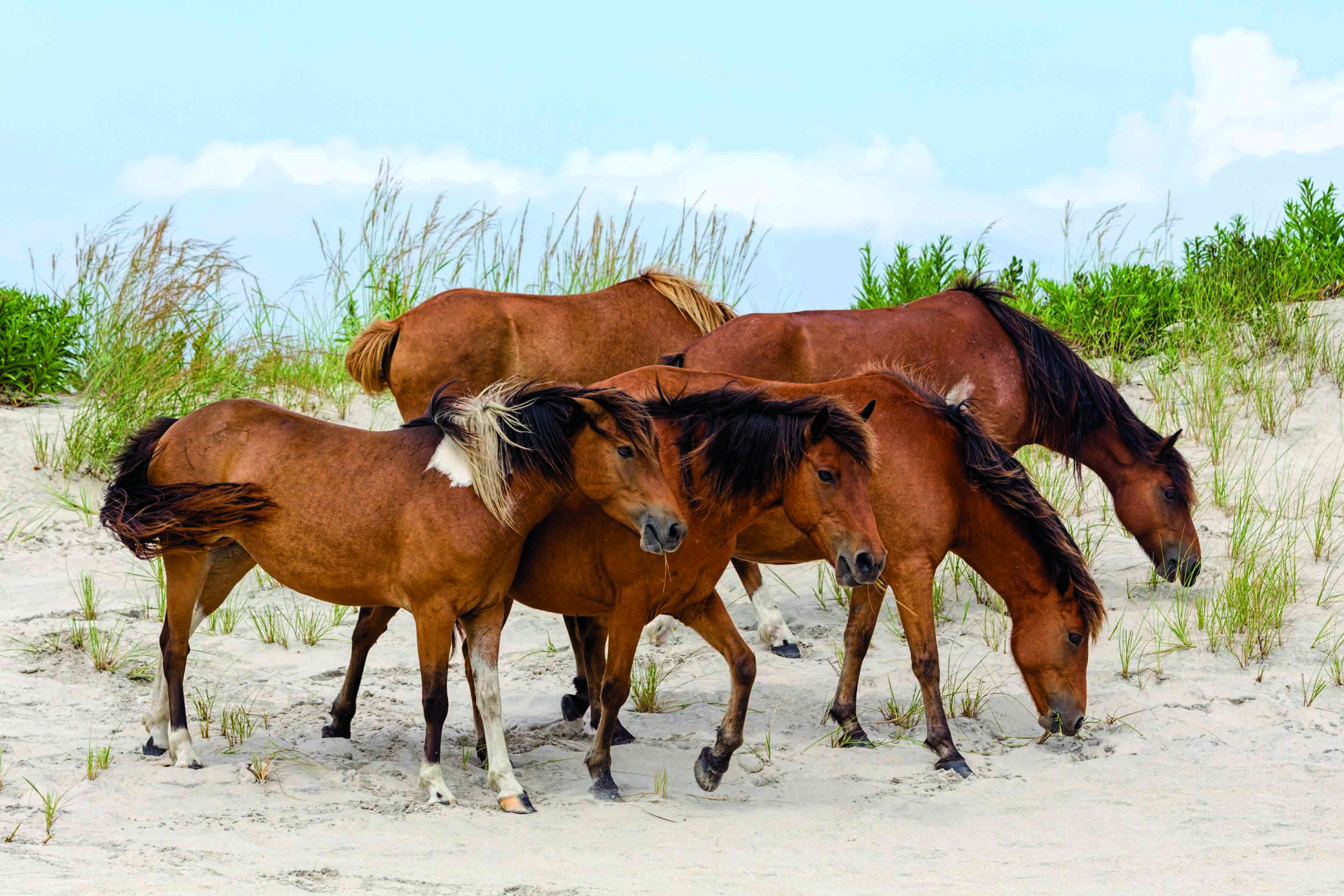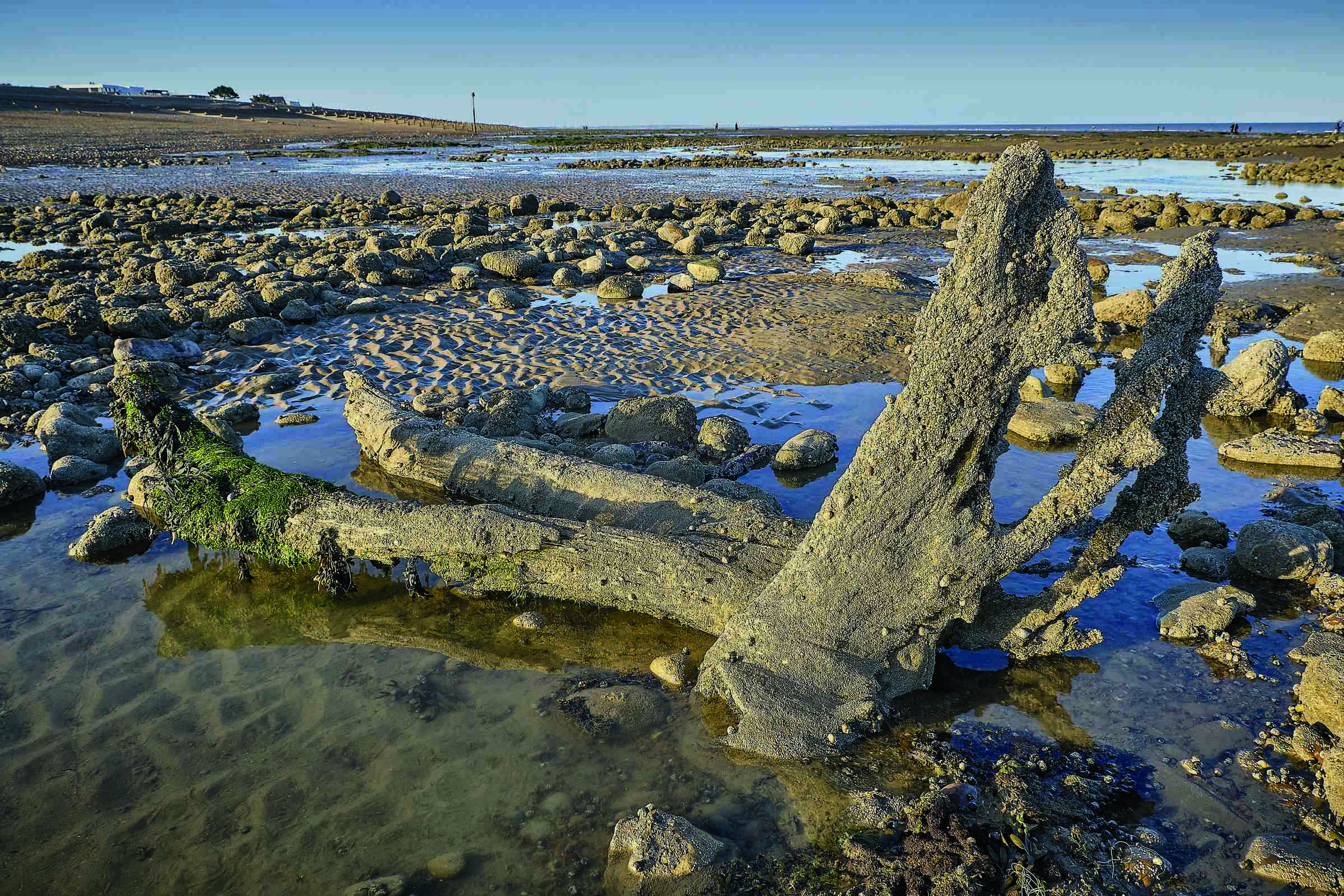IOWA CITY, IOWA—Science Magazine reports that Ariane Thomas of the University of Iowa and her colleagues have extracted mitochondrial DNA from dog jawbones unearthed at Jamestown between 2007 and 2010. The jawbones, which bear possible butchering marks and were found among fish bones and mussel shells, have been dated to the early seventeenth century. The dogs may have been eaten during the winter of 1609 to 1610, a period in the Jamestown colony known as the Starving Time, Thomas explained. Thomas compared the mitochondrial DNA, which is inherited only from the mother, with that of modern and ancient dogs, and found that the Jamestown dogs’ maternal line was unrelated to that of European dogs, which were first brought to the Americas by the Spaniards in the late fifteenth century. Instead, the Jamestown dogs were most closely related to ancient dogs in Illinois and Ohio, and distantly related to ancient Arctic dogs, including a 10,000-year-old dog discovered in Alaska. The Jamestown dogs were not, however, related to dogs whose remains were discovered just 30 miles from Jamestown and dated from about 1000 to 1400 A.D. “There’s a lot more diversity than maybe we initially thought,” Thomas said. A study of the dogs’ nuclear DNA could reveal if the dogs were hybrids resulting from crosses with European dogs, she added. To read about specialized dog breeds introduced to North America by the Inuit, go to "World Roundup: Arctic."
Remains of Ancient American Dogs Identified at Jamestown
News April 1, 2022
Recommended Articles
Digs & Discoveries November/December 2025
Washington Risks It All

Letter from Williamsburg July/August 2025
A New Look at an Old City
Archaeologists are reconstructing the complicated 400-year history of Virginia’s colonial capital

Digs & Discoveries November/December 2022
Colonial Connection

Digs & Discoveries January/February 2022
Burn Notice

-
Features March/April 2022
The Last King of Babylon
Investigating the reign of Mesopotamia’s most eccentric ruler
 (iStock/HomoCosmicos)
(iStock/HomoCosmicos) -
Features March/April 2022
Paradise Lost
Archaeologists in Nova Scotia are uncovering evidence of thriving seventeenth-century French colonists and their brutal expulsion
 (© Jamie Robertson)
(© Jamie Robertson) -
Features March/April 2022
Exploring Notre Dame's Hidden Past
The devastating 2019 fire is providing an unprecedented look at the secrets of the great cathedral
 (Patrick Zachmann)
(Patrick Zachmann) -
Letter from Doggerland March/April 2022
Mapping a Vanished Landscape
Evidence of a lost Mesolithic world lies deep beneath the dark waters of the North Sea
 (M.J. Thomas)
(M.J. Thomas)


